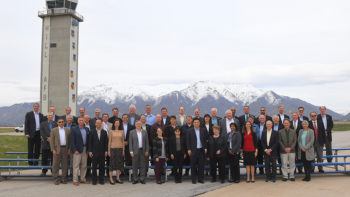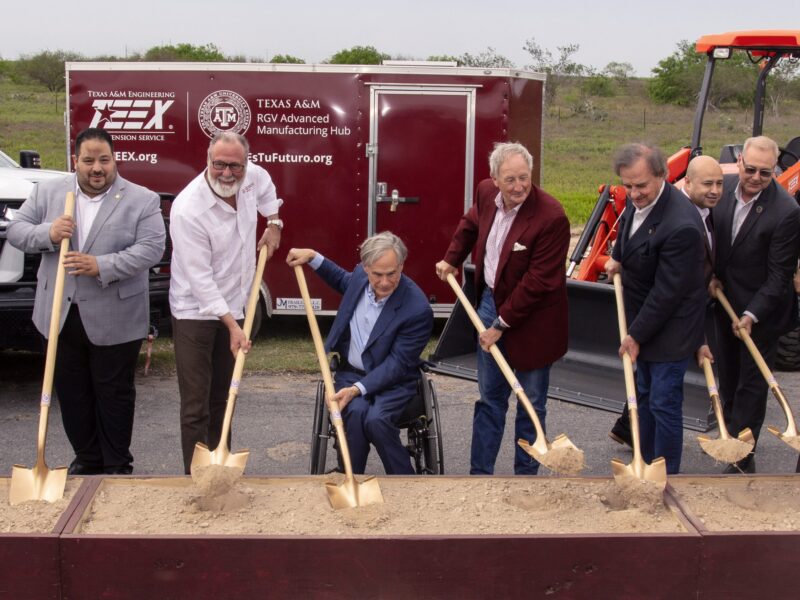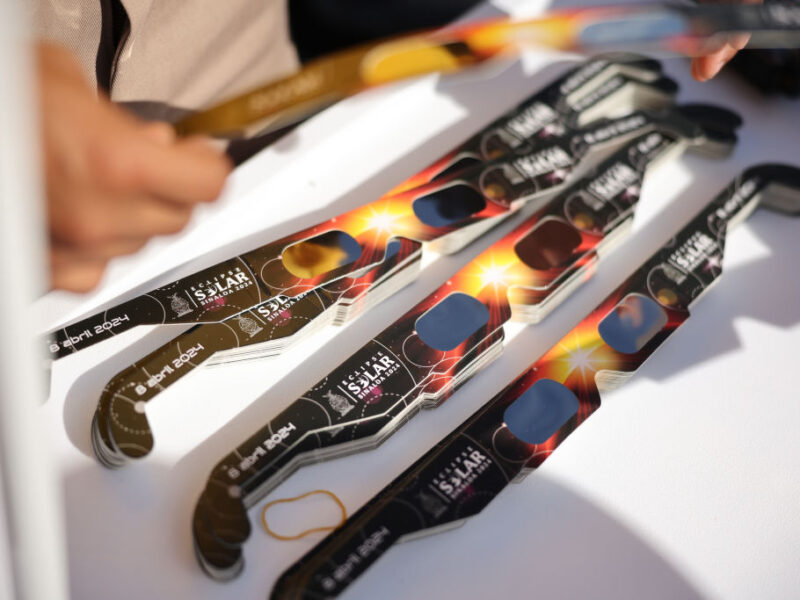Aerospace Engineering Department Head Named To Air Force Scientific Advisory Board
Dr. Rodney Bowersox, professor and department head of the Department of Aerospace Engineering at Texas A&M University, has been appointed to the United States Air Force Scientific Advisory Board (SAB).
The SAB is a federal advisory committee that provides independent advice on matters of science and technology relating to the Air Force mission, reporting directly to the secretary and chief of staff of the Air Force.
The board consists of approximately 50 members appointed by the secretary of defense from among the nation’s leading experts in science, technology, engineering and technical program leadership across national laboratories, industry and academia.
Members offer their time to benefit the Air Force and the nation by identifying applications of technology that can improve Air Force capabilities or that could enable entirely new capabilities, and advising on the Air Force science and technology portfolio to maximize its value in supporting the Air Force mission.
Bowersox is the holder of the Ford Motor Co. Design Professorship I, and was named a Department of Defense Vannevar Bush Faculty Fellow in 2017. He founded and directs the Texas A&M National Aerothermochemistry and Hypersonics Laboratory.
His research interests include gasdynamics, hypersonics, aerothermochestry, high-speed aerodynamics, aero-propulsion, turbulence modeling and numerical simulations.
Bowersox received his doctoral degree in aerospace engineering from Virginia Polytechnic Institute & State University in 1992. He is a fellow of the American Society of Mechanical Engineers, associate fellow of the American Institute of Aeronautics and Astronautics (AIAA), member of the American Chemical Society, American Physical Society, and the Optical Society. He is also an associate editor for the AIAA Journal of Propulsion and Power.
This article by Jan McHarg originally appeared on the College of Engineering website.





